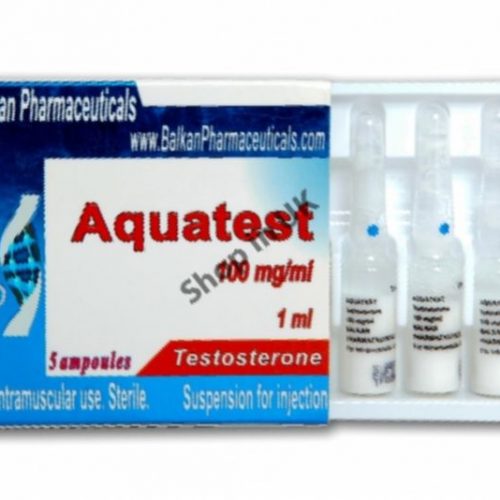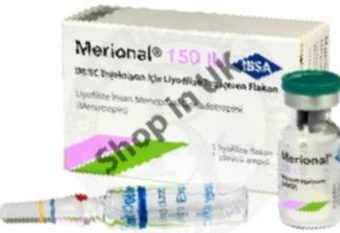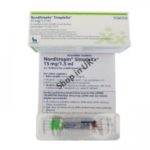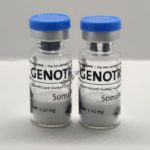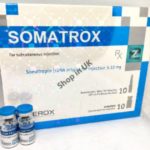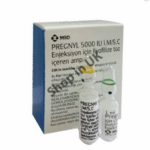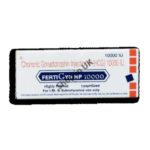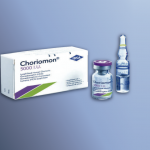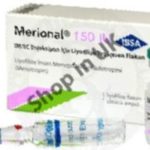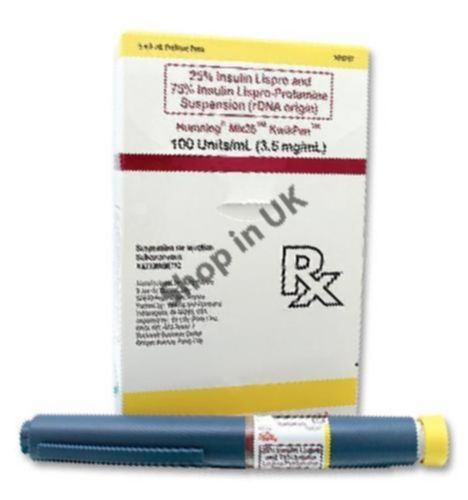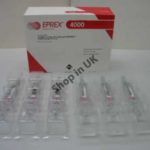Description
A growth hormone
Growth hormone (STH), in the case of endogenous secretion, is produced in the pituitary gland (a cherry-shaped section at the base of the brain). The regulation of its production is under the auspices of two hormones from another part of the brain – the hypothalamus (located close to the pituitary gland in the diencephalon): somatostatin (inhibits the secretion of growth hormone in the pituitary gland) and somatoliberin (increases the production of growth hormone). The growth hormone molecule consists of 191 amino acids and has an ordered structure
In the factory, GH is produced using recombinant DNA technology; this technology allows the synthesis of a hormone similar to natural STH with the same molecular weight of 22 kilodaltons. In terms of structure, STH is similar to hormones such as prolactin and lactogen, which makes it possible to assume a common ancestor in all three, but their differentiation took place in the process of evolution. There is a difference in the structure of the somatoptropic hormone of humans and animals (about 30-35%), however, it should be noted that the main biological nucleus of any STH is identical (the hormone of higher animals can affect lower animals, but not vice versa, that is, STH of homo sapiens is completely suitable for a shark, but a shark’s STG will not work on humans).
History of creation
The first experiments with somatotropic hormone on animals date back to 1921, purified growth hormone of animal origin was obtained in 1944, and the first purified human growth hormone in 1956 (at that time there was no question of the synthesis of growth hormone by recombinant DNA and all the hormone was produced by the method extraction of the pituitary glands of human corpses). The first effective treatment with a similar form of the drug was carried out in 1958. This type of growth hormone was present on the market for a very long time and was banned only in 1985 after the identification of the problem of infection of people taking this hormone with Creutzfeldt-Jakob disease (the author is inclined to believe that in this case the technology of processing and purification of STH is more to blame, which does not give a 100% guarantee of destruction all infections). In the same year, the first synthetic growth hormone Protropin was introduced to the US market, nevertheless, the intensive growth of antibodies in response to its reception quickly reduced the effectiveness of Protropin to nothing. Only in 1987, a Swedish company created a complete analogue of human STH in laboratory conditions, the results of this work are used by athletes to this day under various trade names.
Mechanism of action
The effect of somatotropic hormone is mediated by its effect on the receptor complex, which is located both outside the cell membrane, the cell membrane, and inside the cell itself (extracellular, transmembrane and intracellular domain), and its direct effect is associated only with fat burning and gluconeogenesis (synthesis of glucose from other organic compounds) in the liver, the other properties of STH are mediated only by its effect on the liver, after which IGF 1 and IGF 2 are synthesized (basically, all the properties of growth hormone are associated with the effects of IGF 1 – somatomedin). IGF 1 or insulin-like growth factor of the first type acts on its own receptor on the cell surface (insulin also has an affinity for this receptor, but a hundred times less) and then triggers those effects for which we love growth hormone (they will be discussed below). The secretion of insulin-like growth factor of the first type has a direct correlation with the level of AS (or endogenous testosterone), estradiol and insulin and inverse correlation with the level of glucocorticoids. That is, an increase in the level of steroids, estradiol and insulin has a beneficial effect on the growth of IGF of the first type, this explains the enhancement effect when AC, GH and insulin are used together.
Effects
- Enhanced protein synthesis
- Inhibits protein breakdown
- Optimizes the consumption of proteins, fats and carbohydrates in the body, thereby reducing the need of tissues for nutrients (this is manifested in a decrease in appetite)
- Enhances lipolysis
5.In view of the intensification of the construction of new collagen and protein structures, it has a rejuvenating effect and allows you to heal injuries of the articular-ligamentous apparatus, which is very much loved by athletes
- It stimulates the growth of all cells of the body (including internal organs and glands), which implies its inclusion in hormone replacement therapy in the elderly
- Actively affects the growth of bones in length in children in puberty
- Strengthens bone mineralization
- Acts on increasing blood glucose levels
- Improves the state of immunity (including by improving the condition of the thymus gland)

